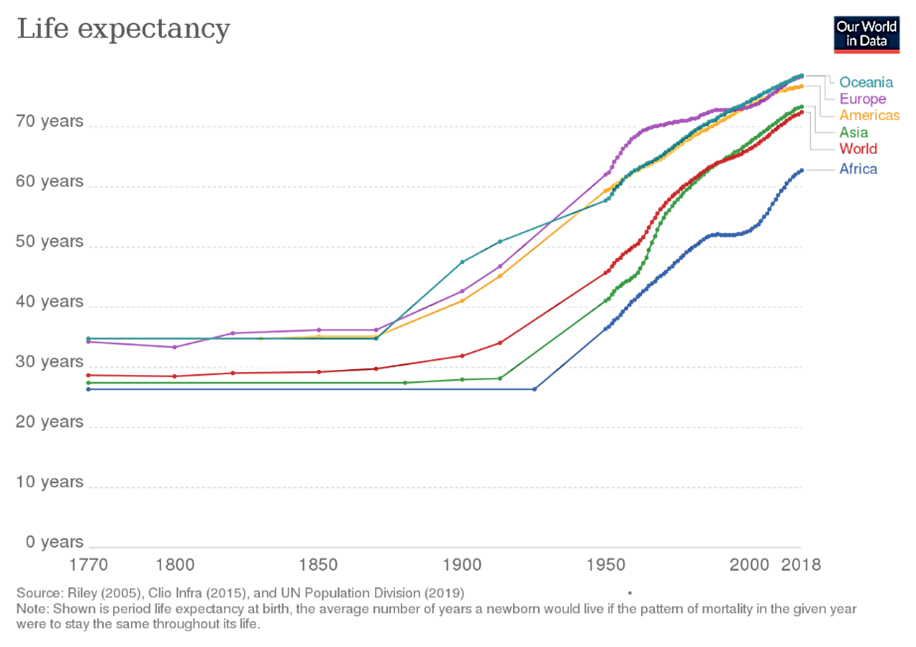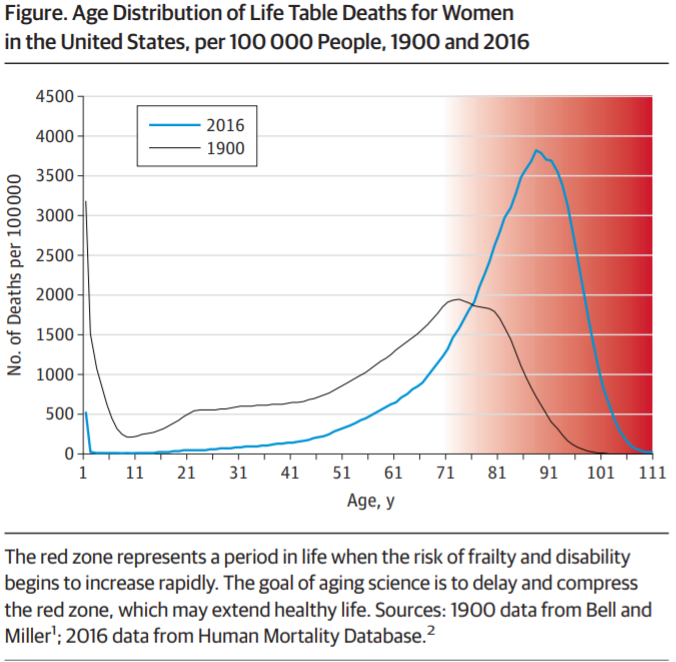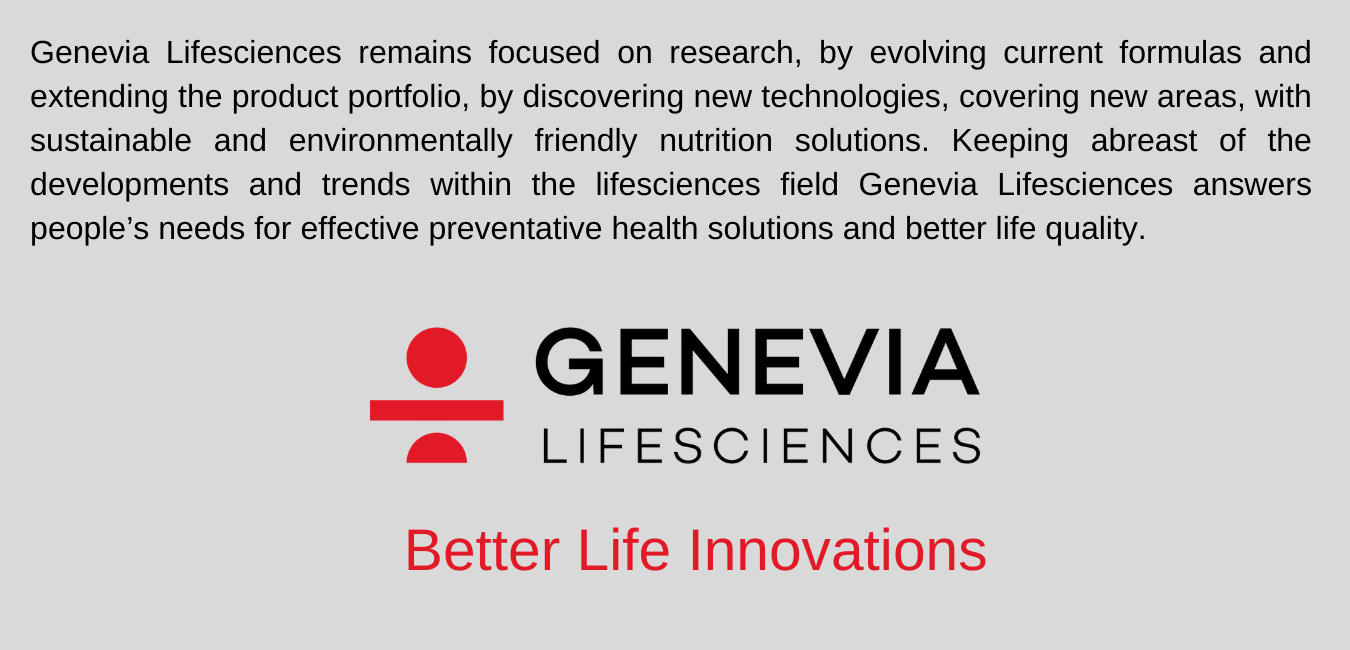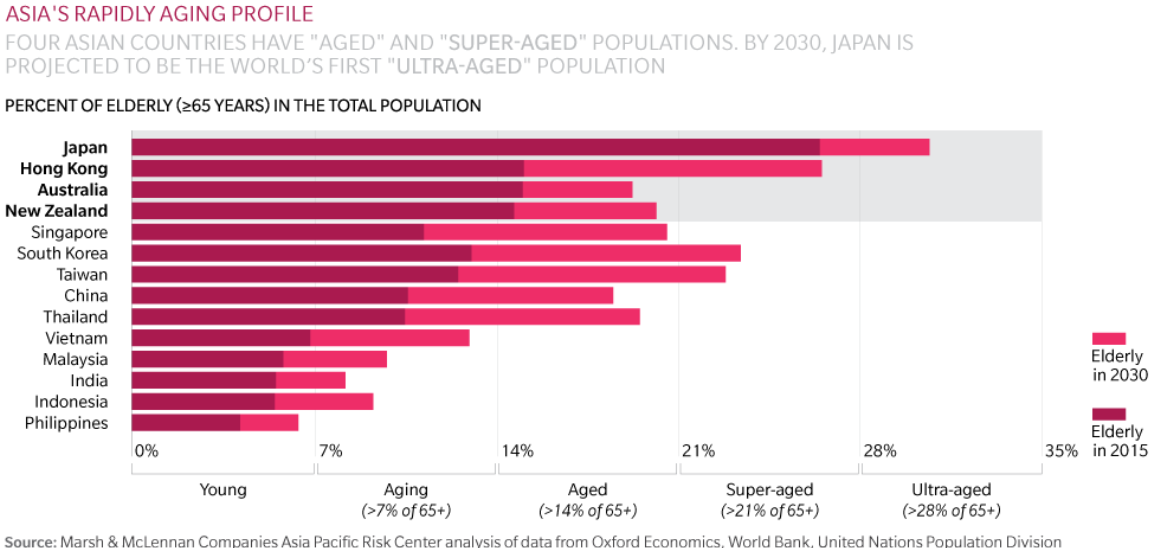International Longevity Month
October has been set by longevity researchers from around the world as the International Longevity Month to promote the valuable research that is happening in the sector.
Undoubtedly life expectancy has increased dramatically over the last 100 years, as it has more than doubled and is now above 70 years. This dramatic increase in human longevity happened due to the vast improvements in the field of life sciences, as effective medicines, antibiotics and vaccines were developed to control infectious diseases that afflicted humanity for centuries. Alongside with medical improvements, knowledge started to become available for everyone and stopped from being only an asset for the upper class as education became accessible. This lead to general improvements in societies, better life conditions, resulting in an increase of life expectancy. Nowadays, with the tremendous research happening in the field of science and technology, there is little reason for these advances to stop. Biomedical research for example focuses to further understand the biology of aging and extend people’s life, with many research centers and universities around the globe working all together towards this direction.

But what we actually do with all this extra time that we get from these advances?
According to World Health Organization (WHO), it seems that healthy life expectancy, or healthspan, has not kept place with the increase in life expectancy or lifespan[i]. To better understand the difference, best to define these two terms. Lifespan stands for the total number of years we live whereas healthspan is how many of those years we remain healthy and free from diseases.
Increased longevity at the moment comes with many challenges such as physical disabilities, aging-related diseases and cognitive decline, which apart from affecting the person itself and its family, burdens also the economy. In the United States alone and based on the U.S Bureau of Labor Statistics, around 3.5 million workers provide paid home care mainly to elderly ill people, with a projected percent employment increase of 33%, whereas the average growth rate for all other occupations is estimated at 8%[2].
Apart from money spent out of individuals pockets to support themselves or family members, governments are also required to fund elderly healthcare. The aging population in combination with a declining birth rate, results in a bigger burden for governments as the working population is decreasing while the retired population is constantly growing. Based on these demographic changes and medical costs trends, it is estimated that $20 trillion will be required to fund elderly healthcare in Asia-Pacific between 2015 and 2030, straining governments budgets[3].
From Lifespan to Healthspan.
Modern medicine and pharmaceutical companies across the world are still focusing on expanding the lifespan of people, targeting their research primarily on developing solutions to counteract specific diseases, in a much similar way as infectious diseases were confronted more than 100 years ago. (ie, one at a time as if independent of each other). Of course, this may be successful in some cases and lead to life extension but while aging, the risk for all other aging related diseases is increasing exponentially. This phenomenon is known as competing risks and refers to when the risk of death from a disease decreases, the risk of death from other diseases increases or becomes more apparent[4].
On the other hand, novel Life Sciences companies working in the longevity field are principally focusing their research on how to increase healthspan holistically and through prevention rather than treatment.

“Let food be thy medicine and medicine be thy food.” Hippocrates
The first step towards that is by optimizing our lifestyle choices such as Nutrition, exercising and keeping stress hormones at bay. Nutritional anti-aging is the means of People’s goal to leaving healthier and longer. Nutritional anti-aging will be further unlocked with the recent advantages in nutrigenomics and digital health, combining big data analytics to model the complex interactions that influence the genetic architectures contributing to aging and disease. Identifying the advantages of nutritional approaches for health, wellness and longevity has just begun.
Major scientific findings are expected to happen in the coming years in the aging research field, which will allow us to better understand the biology of aging and the underlying mechanisms of how to potentially impede the aging process, always by having as principal outcome and most important metric of success, the extension of healthspan.
Health of the planet overtakes personal health.
We should recognize that humanity cannot target on a healthy longevity in isolation and without valuable actions to ensure a healthy planet. There are a number of environmental issues that can seriously impede human health and wellness, such as chemical and air pollution, climate change and disease-causing microbes. Ageing well and being healthy for longer is impossible in an unhealthy environment.
Genevia Lifesciences, being a team player within the longevity cluster, is working rigorously to further understand the complex interactions contributing to aging whilst offering solutions that can have an impact on human health and longevity.We stay genuine to our mission and will keep evolving alongside our people and technology, committed to use sustainable practices at all stages of our product development and manufacturing.
References:
- https://www.who.int/data/gho/data/themes/mortality-and-global-health-estimates/ghe-life-expectancy-and-healthy-life-expectancy
- https://www.bls.gov/ooh/healthcare/home-health-aides-and-personal-care-aides.htm
- https://www.oliverwyman.com/our-expertise/insights/2016/dec/oliver-wyman-risk-journal/emerging-risks/asia_s–20-trillion-elderly-medical-bill.html
- https://www.researchgate.net/publication/327735876_From_Lifespan_to_Healthspan


